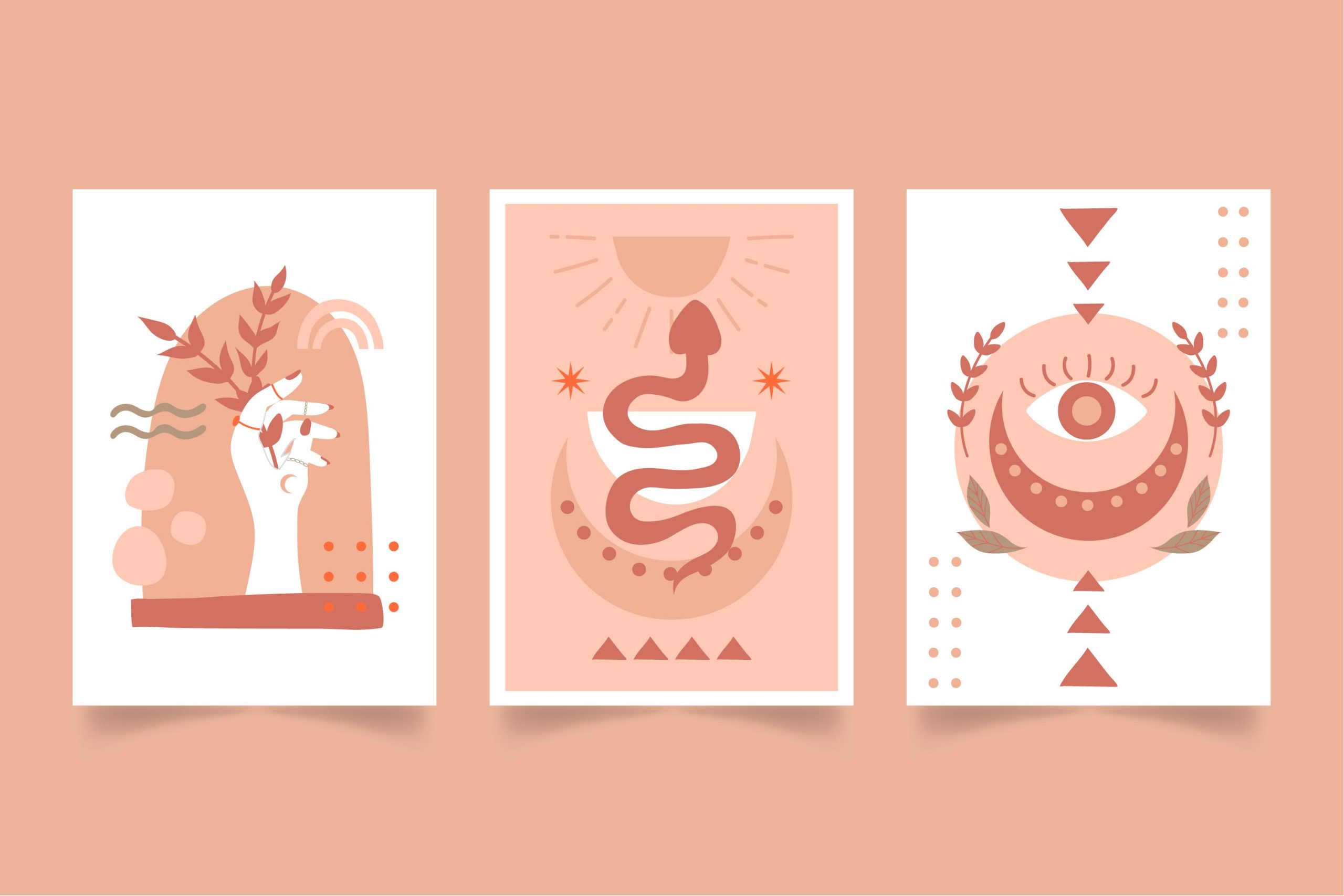Wall art has been a form of creative expression and cultural communication for centuries. Across different cultures, the symbolism embedded in wall art reflects the beliefs, values, traditions, and stories of a community. From ancient cave paintings to modern canvas prints, the imagery and symbols used in wall art carry deep cultural significance. In this article, we will embark on a journey to explore the symbolism of wall art in different cultures, delving into the rich tapestry of human expression and uncovering the hidden meanings behind the artwork.
Native American Petroglyphs: Connecting with the Ancestors
Native American cultures have a rich tradition of petroglyphs, which are rock engravings created by indigenous communities. These petroglyphs often depict animals, plants, and abstract symbols, representing connections to the natural world and the spiritual realm. For example, the spiral symbolizes the journey of life and the cycles of nature, while the bear represents strength and protection. Native American wall art serves as a visual language that connects present generations with their ancestors, carrying forward their wisdom and cultural heritage.
Egyptian Hieroglyphics: Unveiling Divine Messages
The ancient Egyptians left a legacy of intricate wall art in the form of hieroglyphics. Hieroglyphics were a system of writing that used pictorial symbols to convey both literal and symbolic meanings. The images and glyphs represented gods, pharaohs, mythical creatures, and everyday life. Each symbol held significant meaning, such as the Ankh, symbolizing life and eternal existence, or the Eye of Horus, representing protection and healing. Egyptian wall art served as a conduit for divine messages and a testament to the religious beliefs and rituals of the culture.
Chinese Calligraphy: Harmony in Brushstrokes
Chinese calligraphy is a revered art form that combines writing and painting. The characters and brushstrokes in Chinese calligraphy hold deep cultural and philosophical meanings. The selection of characters, the style of brushwork, and the composition of the artwork all contribute to the symbolism. For example, the character for “harmony” is often depicted with flowing and balanced strokes, representing the pursuit of balance and peace. Chinese calligraphy wall art embodies the beauty of simplicity and the quest for harmony within oneself and the surrounding world.
Aboriginal Dot Painting: Mapping Cultural Identity
Aboriginal dot painting is a unique art form practiced by Indigenous Australians. These paintings are composed of intricate dots and lines, representing stories, cultural knowledge, and the connection between the land and its people. Each dot carries significance, symbolizing a specific element of the story being depicted. Dot painting serves as a visual representation of the Dreamtime, the spiritual realm of creation, and embodies the preservation of cultural identity and ancestral wisdom.
Islamic Geometric Patterns: Symbolizing Unity and Divinity
Islamic art is renowned for its intricate geometric patterns, seen adorning mosques, palaces, and religious manuscripts. These patterns are symbolic representations of the unity and divinity found in Islamic beliefs. The repetitive geometric shapes and complex symmetries evoke a sense of order and perfection. The use of calligraphy, such as verses from the Quran, further reinforces the spiritual significance of the artwork. Islamic geometric patterns in wall art reflect the interconnectedness of the universe and the quest for spiritual enlightenment.
The Universal Language of Symbolic Wall Art
Wall art serves as a powerful means of cultural expression, carrying deep symbolism that transcends language barriers and connects us to our shared humanity. From Native American petroglyphs to Egyptian hieroglyphics, Chinese calligraphy, Aboriginal dot paintings, Islamic geometric patterns, and Maori carvings, each culture has its own unique visual language embedded in its wall art. These symbols reflect the values, beliefs, and stories of the community, fostering a sense of identity and cultural pride. By exploring the symbolism of wall art in different cultures, we gain a deeper understanding of our collective human experience and the rich diversity that surrounds us.



